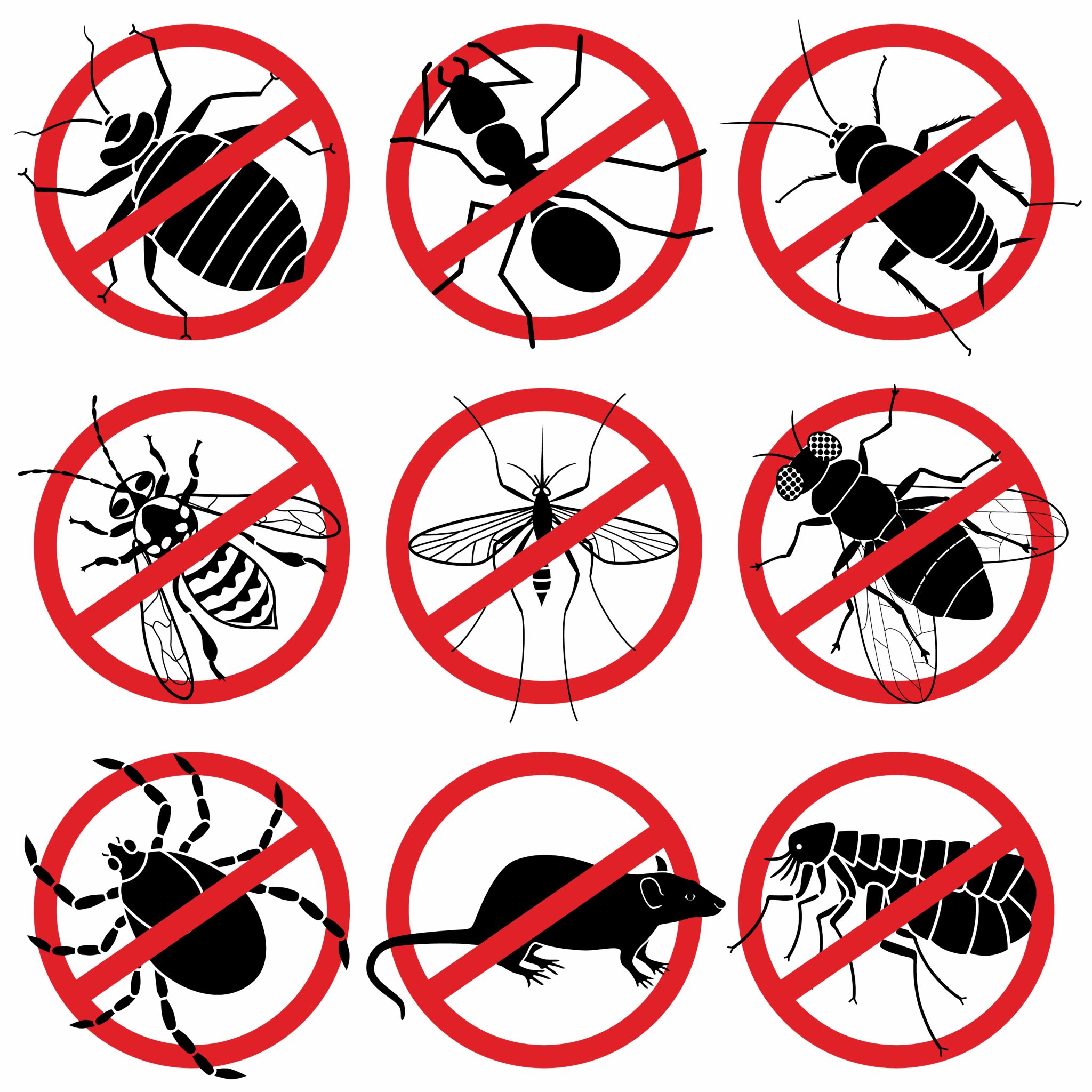Pest management has come a long way over the years, transitioning from traditional methods to innovative strategies that focus on eco-friendliness and effectiveness. As we look to the future, it is essential to understand the developments on the horizon that are set to transform the way we manage pests in our homes and businesses. With an rise in awareness about sustainable practices and the impact of pests on well-being and property, the need for efficient pest control solutions is greater than ever.
In this article, we will explore the latest innovations in pest control, tackling common issues and highlighting the tools and methods that can keep your homes pest-free throughout the year. From understanding why DIY pest control often does not succeed to exploring the dangers posed by stubborn invaders like roaches and bedbugs, we aim to provide you with the knowledge needed to protect your home. Whether you are contending with temporary pests or looking for pet-safe and eco-friendly options, our thorough guide will showcase the future trends that could change how we safeguard our areas from undesirable guests.
Understanding Common Pests
Typical household pests can disrupt the convenience of our residences and pose health hazards. Among the most seen are ants, cockroaches, and mice. Formicidae are commonly found in kitchens, drawn by edibles, while cockroaches tend to thrive in moist and dark places. Rodentia, including small rodents and rats, seek nesting spots and food inside houses, especially during the winter season.
Another group of pests includes bed bugs and subterranean insects. Bed bugs can cause discomfort and sleepless nights, as they hide in bedding and furniture, emerging at night to feed on human blood. Termites, on the other hand, can silently cause damaging effects to a house, feeding on timber and compromising its strength without evidence of their existence.
Seasonal pests such as mosquitoes, vespid wasps, and arachnids also require attention. Mosquitoes breed in pools of water and can make outdoor activities hard to enjoy, while wasps build nests near houses, posing a hazard to individuals with sensitivities. Web-weaving arachnids, though usually harmless, can be uninvited guests, and their presence often times signals the availability of other pests they prey upon. Recognizing these typical pests is essential for successful prevention and mitigation plans.
Expert vs. DIY Pest Control
When it comes to pest control, many homeowners face the decision of whether to handle the problem independently or call in experts. DIY pest control methods often attract homeowners due to their perceived simplicity and affordability. Common household items and various over-the-counter remedies are marketed as instant solutions. However, although some DIY methods can provide temporary relief, they often lack the effectiveness needed to eliminate pests completely. Without why not try these out of the pest’s behavior and lifecycle, it is easy to misdiagnose the issue and apply ineffective treatments.
Conversely, professional pest control services bring skills and advanced equipment to the table. Licensed pest control technicians have extensive experience in diagnosing different pests and understanding their habits. They can assess the severity of an infestation and provide customized solutions that focus on the specific pest problem successfully. Furthermore, industry professionals are knowledgeable about safety measures and can apply treatments that are safe for both the residents and the environment. Their ability to monitor pest patterns can stop future infestations, making the investment beneficial in the future.
Ultimately, the choice between DIY and professional pest control hinges on the extent of the infestation and the homeowner’s comfort level with dealing with pest problems. For minor issues, DIY solutions might work, but when facing persistent or severe infestations, professional assistance is often the more reliable option. As myths about pest control persist, it is essential to understand that effective pest management often requires skills beyond what most homeowners know.
Seasonal Bug Prevention Methods
As the seasons change, so do the varieties of pests that invade our houses. In spring, common household pests like ant colonies and termite infestations start to emerge, seeking food and nesting sites. To stop infestations, it's crucial to close up any gaps and holes around the base and windows, and to eliminate standing pools where these pests might breed. Consistently checking your home for indications of moisture can also deter pests that thrive in damp environments.
During the warm months, pests such as mosquito populations and biting insects become more common. To make the most of your outdoor spaces without the nuisance of bugs, consider using organic pest control solutions like lemon-scented candles and aromatic oils. Additionally, keeping your yard neat and free from debris can cut down on shelter for insects. Installing screens on windows and entrances can also assist keep bugs out while letting fresh air inside.
As fall approaches, rodents begin seeking warmth and shelter in houses. To protect check over here from these fall pests, focus on pest-proofing by securing entry points, such as openings around plumbing and vents. Additionally, keeping firewood away from the house and keeping food in tight containers will discourage rodents and other pests from invading your home for the winter. Regular inspections and proactive measures throughout the year can guarantee a pest-free environment as the seasons change.

